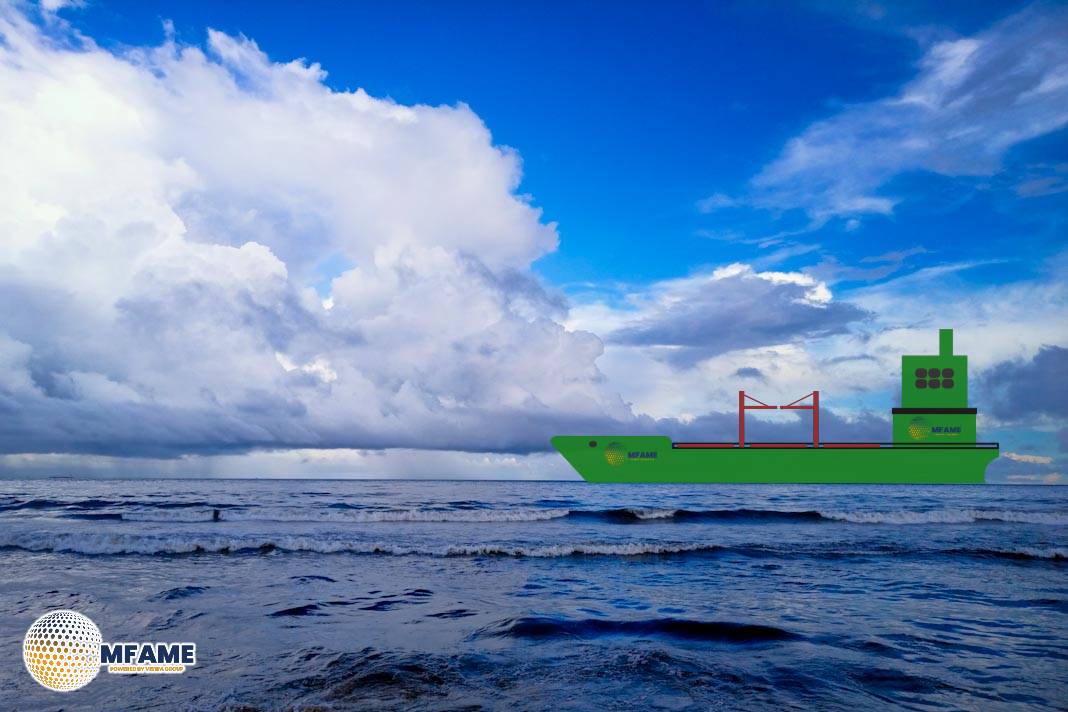Alphaliner reports that the global container ship orderbook has reached an unprecedented milestone — with over a thousand newbuildings totaling more than 10 million TEU, now accounting for 31.1% of the global fleet’s slot capacity. What stands out even more is that China, Korea, and Japan collectively represent 98.5% of all container ship orders, leaving only a small fraction to the rest of the world.
China continues to lead the market with 7.36 million TEU (73.7%), followed by Korea with 2.04 million TEU (20.5%), and Japan with 0.43 million TEU (4.3%). These three nations remain the backbone of the shipbuilding industry, underscoring their technological dominance, production capacity, and ability to meet complex design and delivery demands.
However, the remaining 1.5% of the orderbook — though small — tells an interesting story. According to Alphaliner, only 29 newbuildings are being constructed outside these major hubs, spread across a few nations with unique motivations and capabilities.
Regional Highlights Beyond the Big Three
Shipyards in Taiwan (16 ships), Turkey (4), the United States (3), and India (2) continue to make niche contributions. Additionally, smaller projects are under development in Azerbaijan, Indonesia, and Pakistan, each catering to specific regional or regulatory needs.
In Turkey’s case, two of the largest vessels under construction — each around 4,012 TEU — are being built by a yard affiliated with the shipowner itself, demonstrating a vertically integrated approach. Meanwhile, shipbuilding in the United States is largely driven by Jones Act compliance, which mandates the use of US-built ships for domestic routes to Hawaii, Alaska, and Puerto Rico.
While the market remains heavily concentrated in East Asia, these smaller shipbuilding ventures showcase the diverse strategic and regulatory factors that continue to shape the global maritime landscape.
As the global fleet expands and technological expectations rise, understanding where and why ships are built offers key insights into the evolving dynamics of maritime trade and shipbuilding competitiveness.
Did you subscribe to our daily Newsletter?
It’s Free! Click here to Subscribe!
Source: Alphaliner
















